 Catabolism refers to a set of metabolic pathways that break down large molecules into smaller molecules. For example, these pathways break down proteins into amino acids and fats into fatty acids. This helps provide energy for the cells. But catabolism and the catabolic state are not the same thing, as we’ll see later.
Catabolism refers to a set of metabolic pathways that break down large molecules into smaller molecules. For example, these pathways break down proteins into amino acids and fats into fatty acids. This helps provide energy for the cells. But catabolism and the catabolic state are not the same thing, as we’ll see later.
» Read our complete long-read article on catabolic state and Adrenal Fatigue Syndrome
» Adrenal Fatigue FAQs
» Take our 3-minute test to see if you may have Adrenal Fatigue
Anabolism is the opposite. It refers to the set of metabolic pathways that create molecules from smaller units. Together, catabolism and anabolism form the two parts of your metabolic cycle. And in order for your body to be healthy and strong and maintain optimal weight and muscle mass, these two pathways need to be in balance. An imbalance can lead to a catabolic state, which can sometimes happen if you have Adrenal Fatigue Syndrome (AFS).
Adrenal fatigue is a condition that results from chronic stress. Your adrenal glands have to work hard to produce cortisol, your body’s main stress-fighting hormone. If your adrenals are overworked for too long, your adrenals dysregulate and you get adrenal fatigue.
AFS characterized by a collection of different symptoms. They include fatigue, weight gain, insomnia, brain fog, anxiety, mild depression, low libido, PMS, infertility, hair loss, dry skin, hypoglycemia, salt and sugar cravings, frequent colds and flu, food and drug sensitivities, dizziness, and an inability to handle stress.
In the more advanced stages of AFS, you can end up in a catabolic state, and your symptoms will be much more obvious, constant, and severe. This is a common problem that we see in our nutritional coaching clients, and it’s one that must be addressed with various strategies, including better nutrition.
Catabolism is a natural and necessary part of your metabolism. It involves the processes of:
Without catabolism, your body wouldn’t be able to break down food in order to utilize it for energy. Anabolism then uses this energy to build new cells and to create and renew the structures of your body. These two components form the complete metabolic cycle, and they are both equally important.
But in our fast-paced modern lives, the balance between catabolism and anabolism is often thrown off course.
Most people encounter periods of heavy stress and don’t lead a lifestyle that is optimal for their health. Many of us end up eating too much, eating an unhealthy diet, leading a sedentary lifestyle, battling a chronic illness, exposed to toxins, and/or under a lot of pressure at work or at home. These factors, coupled with the changes in metabolism that happen with aging can make your metabolic cycle lean more towards catabolism. If your catabolism becomes chronic, you can reach a catabolic state. And that has many negative consequences.
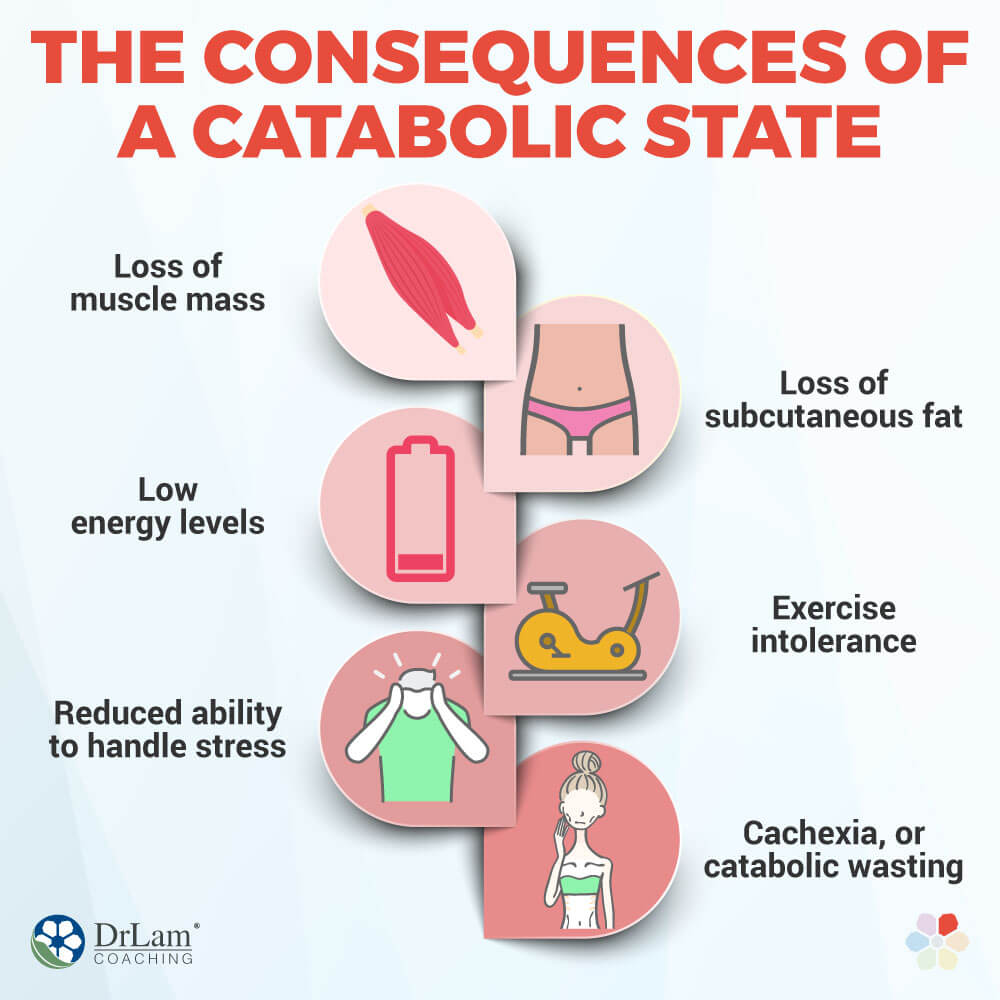
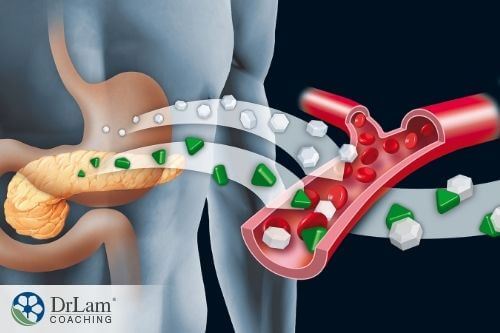 The catabolic state occurs when the catabolism component of your metabolic cycle is much more prominent than the anabolism component. Meaning, there isn’t enough anabolism to equalize the break down of molecules. The growth and repair processes are not happening fast enough to offset the catabolism.
The catabolic state occurs when the catabolism component of your metabolic cycle is much more prominent than the anabolism component. Meaning, there isn’t enough anabolism to equalize the break down of molecules. The growth and repair processes are not happening fast enough to offset the catabolism.
Then you start to see the loss of muscle mass and subcutaneous fat, fatigue, low energy levels, exercise intolerance, and a reduction in your ability to handle any kind of stress. What’s happening here is that your body is so low on energy that it’s trying to break down its own muscle and fat tissues to produce some.
If this cannibalization of muscle for energy keeps going, it will eventually turn towards your internal organs. As you can imagine, this is a dire situation and the reason for some of the most debilitating symptoms.
If you don't address this catabolic state, your body can enter a worse state. This is called cachexia, or catabolic wasting, and it entails a rapid loss of muscle tissue and subcutaneous fat. You might end up losing between 5-20% of your weight, even if you have normal body weight.
There are several reasons your body might go into a catabolic state and catabolic wasting, including adrenal fatigue. But first, it’s good to understand some of the common factors that contribute to the catabolic state:
A very common underlying issue is the impaired absorption of nutrients. This happens when you have problems with your gastrointestinal (GI) tract, such as inflammation, injury, dysbiosis, cancer, or surgery. So even if you’re eating enough and eating the right foods, your body is unable to absorb the nutrients and you are malnourished as a result.
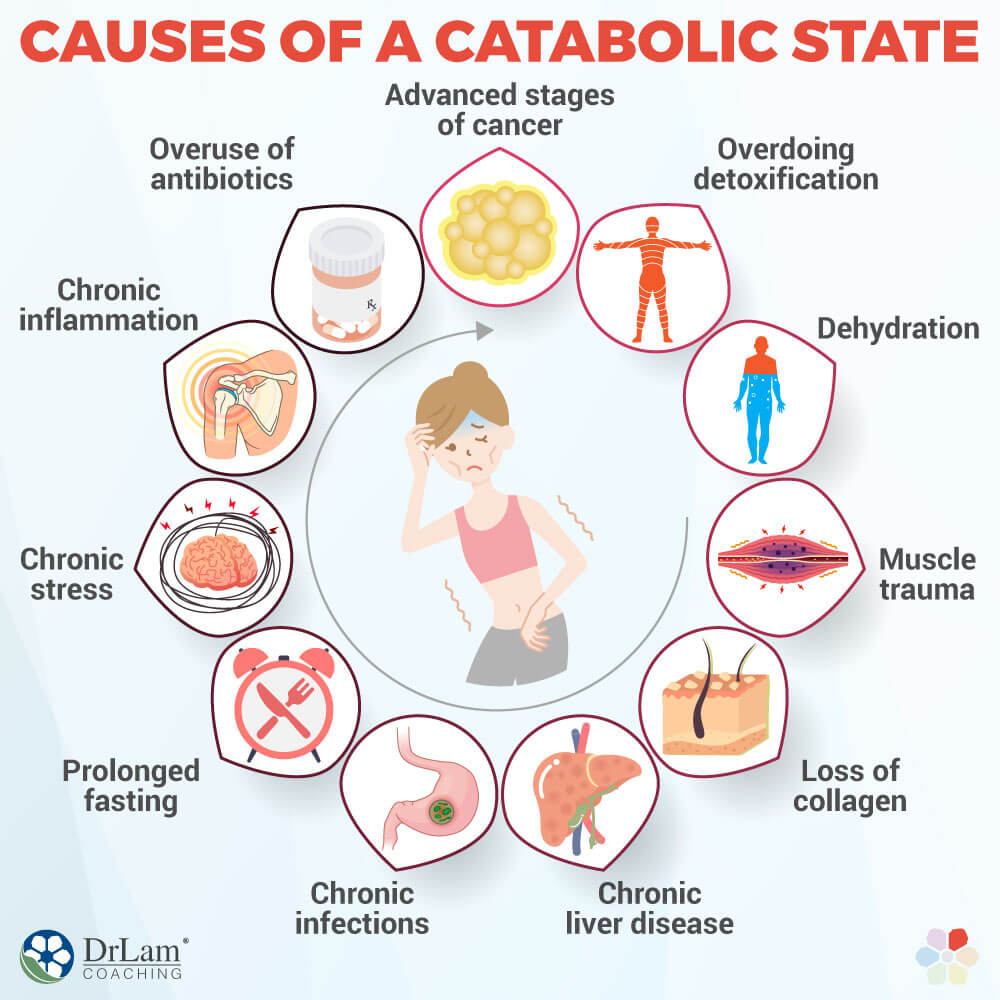
Inflammation, although another natural and necessary physiological process, can have very harmful effects if it becomes chronic. Chronic inflammation reduces the synthesis of muscle protein and increases the rate at which they break down. Cytokines, which are the molecules involved in cell signaling during inflammation, trigger the release of cortisol and the neurotransmitters catecholamines. These two disrupt cellular metabolism and the basal metabolic rate, which can worsen the catabolic state.
 So as the catabolic state advances, it creates a loss in muscle mass and overall body mass as well. If this continues, internal organs are broken down. And no matter how much your muscles and organs are broken down to create energy, it’s not enough because it also depletes your energy and nutrition reserves.
So as the catabolic state advances, it creates a loss in muscle mass and overall body mass as well. If this continues, internal organs are broken down. And no matter how much your muscles and organs are broken down to create energy, it’s not enough because it also depletes your energy and nutrition reserves.
The catabolic state also creates a lot of damage that is apparent when you look at the symptoms. These symptoms include:
Of course, you won’t get all of these symptoms all at once. In fact, a catabolic state can creep up on you so gradually that you hardly notice it until it’s quite advanced. And, just like adrenal fatigue, the symptoms can be confused for the symptoms of another condition (or several). This could lead you to seek treatment in all the wrong places.
Many of the symptoms of a catabolic state are shared by adrenal fatigue and the dysregulation of the NeuroEndoMetabolic (NEM) Stress Response. The NEM is your body’s global response to stress, and it’s composed of six circuits: The Hormone, the Bioenergetics, the Cardionomic, the Neuroaffect, the Inflammation, and the Detoxification circuits.
Although your adrenals, which are part of the NEM’s Hormone circuit, are the first line of defense against stress, your entire NEM is involved when stress is present. That’s why you see so many different symptoms of stress. And because a catabolic state is a highly stressful state, your entire NEM is engaged when you’re in it. That’s again why you see so many different symptoms come up. That, and because a catabolic state will affect every part of your body.
So, a catabolic state that is the result of one of the causal factors listed above can lead to AFS and the dysregulation of the NEM. But AFS and the dysregulation of the NEM are causal factors of a catabolic state in their own right. And both have chronic stress as a root cause.
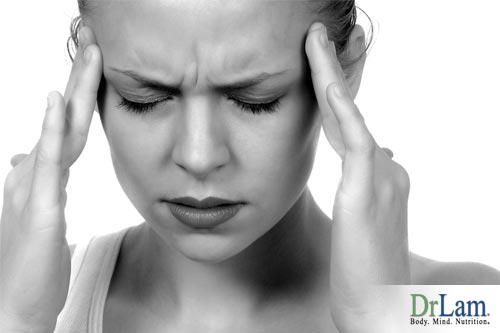 During the first two stages of adrenal fatigue, cortisol output is high. But as AFS progresses, the adrenals weaken to the point of exhaustion, and their cortisol output drops. Cortisol increases the breaking down of proteins in order to release energy. That means it increases catabolism. So the beginning stages of AFS create an imbalance in the metabolic cycle that leans more towards catabolism.
During the first two stages of adrenal fatigue, cortisol output is high. But as AFS progresses, the adrenals weaken to the point of exhaustion, and their cortisol output drops. Cortisol increases the breaking down of proteins in order to release energy. That means it increases catabolism. So the beginning stages of AFS create an imbalance in the metabolic cycle that leans more towards catabolism.
In the more advanced stages of AFS, the catabolic state is already well underway, even though cortisol levels have dropped significantly. At the same time, anabolism is too weak to return balance to the metabolic cycle. The rebuilding and repair phase is now too slow to make an impact. Fatigue keeps getting worse, creating a greater need for energy, which then worsens the catabolic state.
This is when you really start to see the signs of a catabolic state taking hold. Wrinkles form on your face because your collagen is being broken down without getting replenished. Chronic muscle and joint pain can happen as your muscles and organs break down. You might end up with chronic fatigue syndrome, chronic pain syndrome, or fibromyalgia.
Your GI tract’s motility becomes compromised, so you'll have a harder time with digestion. You might end up with IBS and indigestion. The lack of nutrient absorption will lead to a host of other problems, including lowered immunity, lower capacity for exercise, frailty and more frequent falling because of it, and slower wound healing.
If a catabolic state is allowed to continue onto catabolic wasting, it could eventually lead to death. Thankfully, there are many things you can do about it, no matter how advanced your condition is. The important thing is to be cautious and deliberate with recovery so that you get the most out of it and you avoid its pitfalls. For this, you need help and guidance from adrenal fatigue experts like our nutritional coaching team.
Because a catabolic state that comes with advanced AFS makes the body very fragile, you will have to go through recovery in stages. These stages need to be handled with gentleness and care and take place under the guidance of a health professional with experience in these conditions.
The following are the three steps, or stages, of the recovery process:
This is done with changes in lifestyle and diet. You need to replenish your lost energy and nutrient stores, and that has to be done on a macro and micro nutritional level. Implementing the adrenal fatigue diet and individualizing it to your metabolic type and condition is the way to go. Your meals should consist of foods that are easy to digest, such as soups, broths, smoothies, and stews. Eat every hour to two hours if your body is feeling hungry and burning up the calories you ingest quickly. Our nutritional coaching team helps countless adrenal fatigue sufferers find the right eating plan for their condition and recovery.
You should put into place some stress management and sleep hygiene practices in order to give your body the rest it needs for recovery.
 Because at this point your metabolic cycle is still skewed towards catabolism, you need to get it back to equilibrium. You can do this through more nutritional adjustments and the use of gentle nutrients. This needs a very skilled health professional as there are many considerations to take into account. Adrenal crashes are a big risk still, and your condition could go either way.
Because at this point your metabolic cycle is still skewed towards catabolism, you need to get it back to equilibrium. You can do this through more nutritional adjustments and the use of gentle nutrients. This needs a very skilled health professional as there are many considerations to take into account. Adrenal crashes are a big risk still, and your condition could go either way.
Some nutrients to consider include:
Once you have stopped the progress of the catabolic state and reversed the catabolism bias, you will need to return the metabolic process to balance. You can do this through the use of anabolic hormones. Anabolic hormones include:
It’s important that you don't use anabolic hormones too much or too soon. Doing so can be overstimulating for your body and can add pressure to your adrenals.
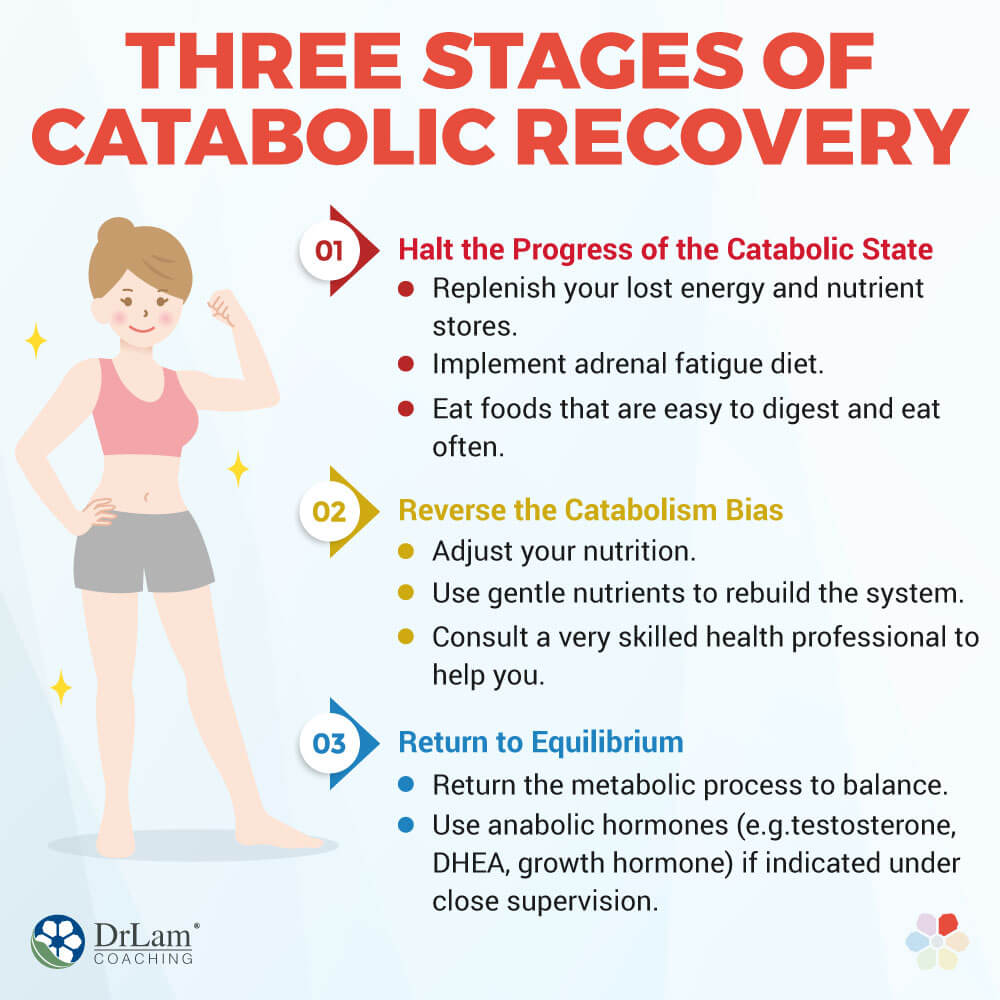
Some recovery programs will focus too much on increasing caloric intake. This can be overwhelming to a fragile body. Changes in diet and caloric intake need to be gentle and gradual.
As already mentioned, you need to be careful with the use of anabolic hormones. But this goes for any and all supplements and remedies, whether vitamins, minerals, herbs, glandulars, hormones, or pro-hormones. This is because, with advanced AFS, your Detoxification circuit is not working properly. You may have a congested liver and a system that is sensitive to certain compounds.
With supplements, if you don’t take them in the right dosage and at the right time, you might inadvertently increase the toxic load on your body. That will, in turn, increase inflammation, which is one of the major causes of catabolism.
Since dehydration can contribute to catabolism, increasing your water intake is a good idea. But you have to do so gradually to avoid aggravating any electrolyte imbalances. Your sodium-potassium balance is especially important since it's affected by AFS. You can add electrolytes to your drinking water. And make sure your water is room temperature rather than cold.
Rest should take precedence over exercise. But once your body is ready, very gentle stretching can help, such as adrenal breathing and adrenal yoga. Do not attempt to do more just because you regained a little extra energy.
If you have advanced AFS, you are likely also in a state of catabolism. This can be a very dangerous state during which your body breaks down muscles and organs to produce energy.
Recovering from this condition isn’t easy. It demands a gentle, personalized approach that focuses on encouraging your metabolism to find a more natural, healthy balance. Our nutritional coaching team has helped lots of adrenal fatigue sufferers find this individual eating regime.
So, if you need help and guidance that’s based on a holistic view of your health and wellbeing, then talk to our nutritional coaching team. With our free initial consultation, they’ll be able to give you personalized help and guidance that will encourage a better, healthier balance in your body and put you on the path to recovery.
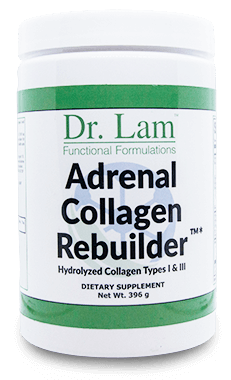
Combat the Catabolic State with Adrenal Collagen Rebuilder
The catabolic state is the chronic form of catabolism, and it involves the breakdown of your muscles and internal organs. It almost always comes with the more advanced stages of adrenal fatigue, and it can lead to very serious health risks if not addressed.